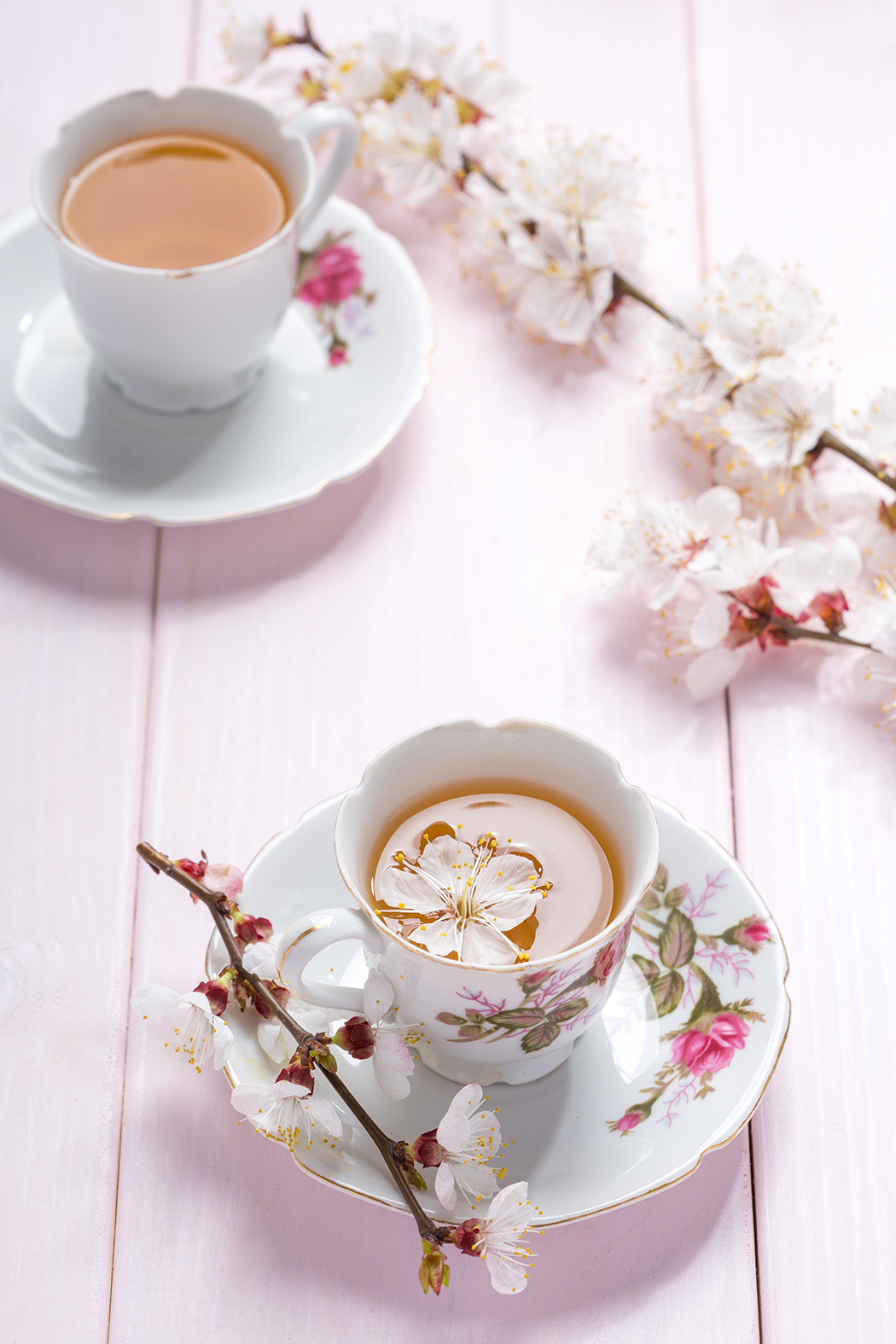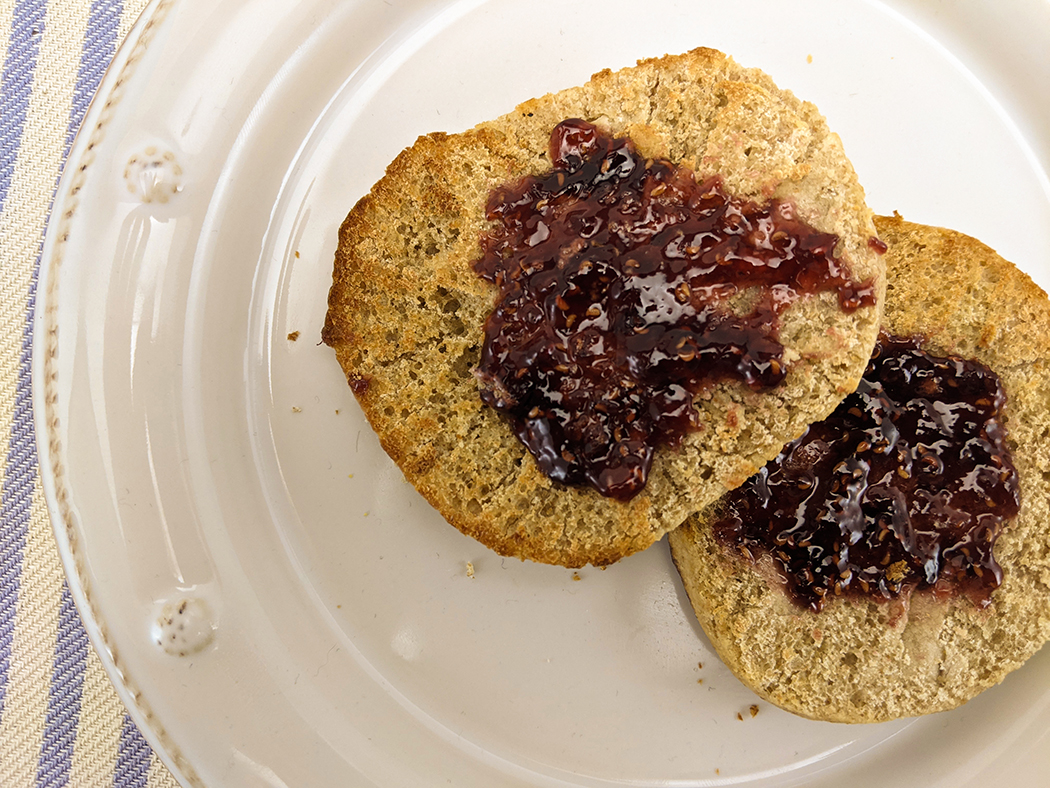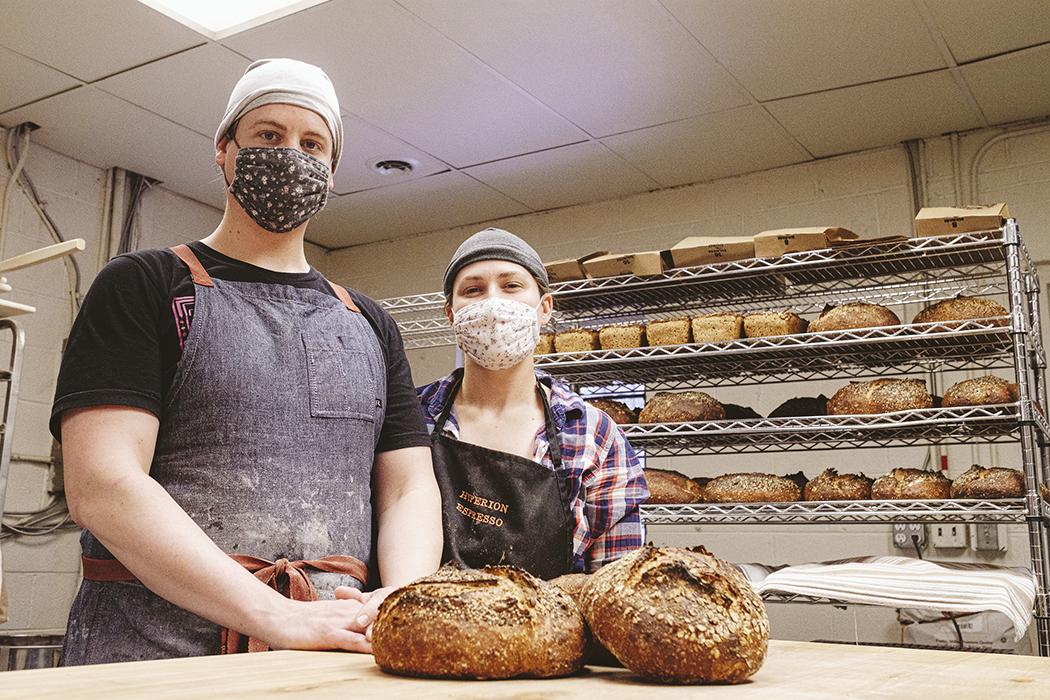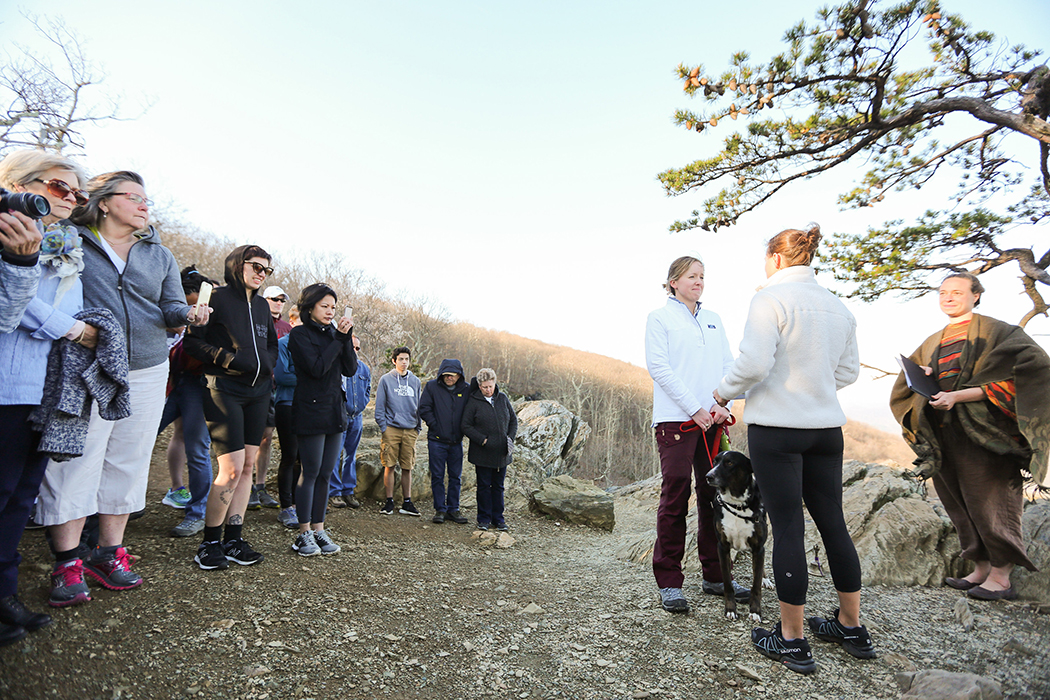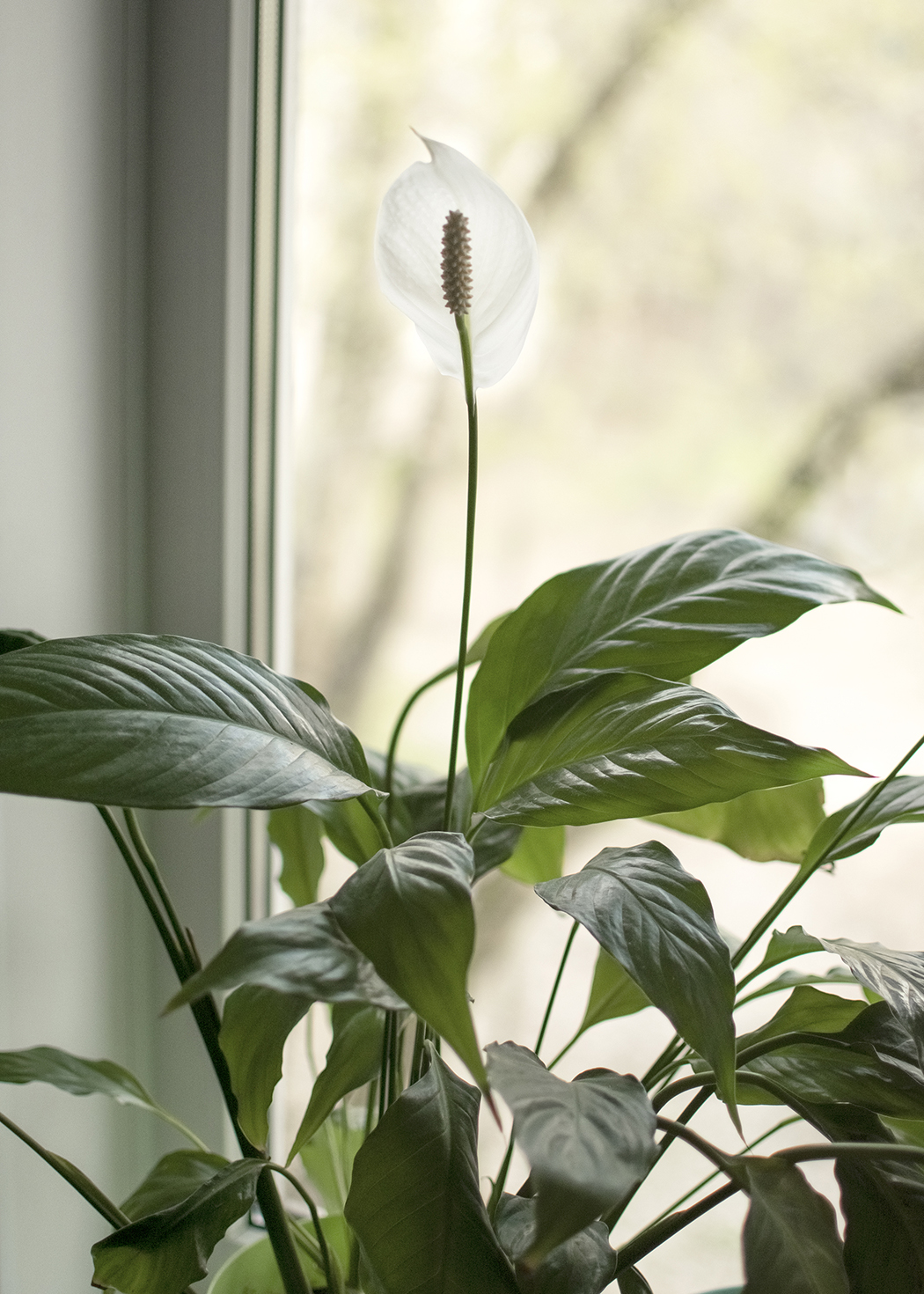Joy Ting made the first barrels of her own wine in 2014. She wanted to experiment with crushing and fermenting grapes still on the stem—a technique called whole-cluster fermentation, common in Cru Beaujolais (which Ting loves) but less common in the U.S. How would it work in Virginia?
Ting was still very new to the world of wine. Leaving behind the life of a science teacher (she has a Ph.D. in applied biology), she had started running the lab at Michael Shaps Wineworks just a year earlier. “I could do the lab work, but I didn’t have much background in wine at all,” Ting says. “I was an avid admirer of wine, and I’d always been interested in wine production. But Michael was willing to take a chance on me.”
Not many wineries in Virginia are big enough to need someone to run the lab full time. The winemaker usually does the analysis, or calls in an outside company. But the position was tailored perfectly for an applied scientist. Ting became lead oenologist at Michael Shaps within a year, and winemaker not much later. She kept experimenting with her own small barrels whenever she could find the time.
It must have been her passion for experimentation that attracted the attention of the Virginia Winemakers Research Exchange.
The WRE is a grassroots research cooperative for Virginia wineries, started in 2014 in the Monticello wine region. Local growers “would go to conferences where they would hear about some new product, and they would taste it on California fruit,” Ting says. But when they came home to try it, it wouldn’t work. The fruit is different in Virginia. Funded by the Virginia Wine board, the WRE arose to help coordinate “structured, practical experimentation” focused on the unique dynamics of Virginia winemaking.
In 2018, Ting became the coordinator and research oenologist at the WRE. Every year, she travels to wineries across the state to discover what they need, what problems they’re facing, what they’re curious about. Then she designs rigorous experiments, in consultation with a number of local experts, to be carried out by the wineries themselves. At the end of those experiments, she collects and parses the data to see what they’ve learned. Finally, Ting gathers winemakers together to taste the wines they have produced—and only after they’ve experienced the wine does she reveal the results of the experiment.
What makes for a true “Virginia wine” has not yet been settled. “If you’re in Napa Valley and you start planting something other than cabernet sauvignon, people are going to start looking at you funny,” she says. “We just don’t have that yet in Virginia. We’re still defining what the middle-of-the-road feels like. And we’re doing that by testing out the whole road.” That makes for a culture of experimentation and collaboration—one that has made possible the stunning speed of Ting’s ascension, and one that she helps build up through her work with the WRE.
She’s still doing her own experiments, of course, currently crushing grapes at Fifty-Third Winery and Vineyard in Louisa County. This year, she’s hoping to make barrel-fermented chardonel.

